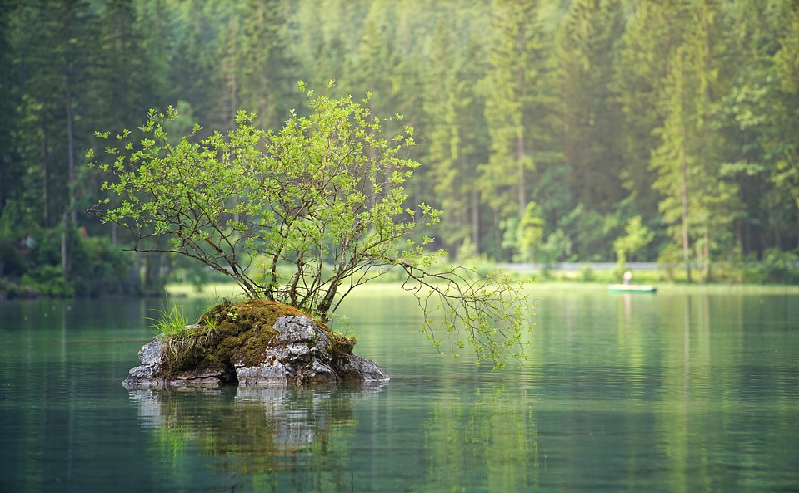
photo by jplenio / CC0
Summertime is here –and for some, it might seem like the time to pause your photography efforts.
With the harsh sun, dark shadows, early sunrises, and even later sunsets, it can often be difficult to get the images you want –during the timeframe you want. It can also be challenging to capture amazing landscapes when you have to contend with harsh lighting conditions and dark shadows.
But while it’s true that summer is a time to relax and enjoy life, it doesn’t mean you have to pack up your photography. Summertime photography can be a challenge, but it’s also a time of year that’s filled to the brim with opportunities to capture some amazing landscape images; ones that reflect all of the beauty of the season.
Whether you’re an experienced landscape photographer, or just getting started, the future is bright! Here are some tips to help you create summertime landscapes that beautifully capture this time of year.
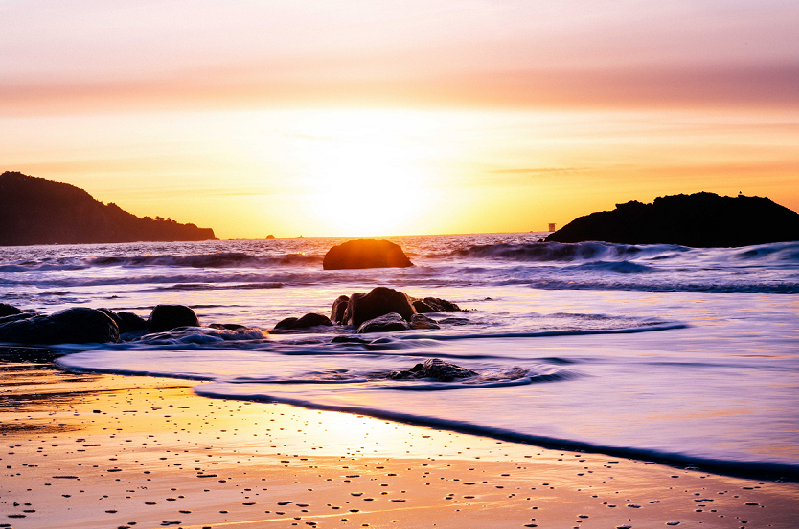
photo by Edgar Chaparro / CC0
Consider Your Timing
One of the biggest differences between photographing during the summer, as opposed to the fall or winter, is timing. Unless you live near the equator, sunrises and sunsets are on a different schedule than they are during the winter months, and you’ll need to note the changes and plan accordingly.
- Sunrise and Sunset – Summertime means early sunrises and late sunsets. But while the times of day are more extreme than during the winter months, summertime sunsets and sunrises often feature beautiful, vibrant colors. They’re also longer, and more drawn out than during the shorter days of winter –presenting the perfect opportunity to capture some beautiful landscape images.
- Midday – Not only are sunrises earlier and sunsets later, the sun is often high overhead by 10 am; meaning that the lighting you have to work with at noon can be harsh and unpleasant –especially if there’s full sun. Starting earlier in the day means that you will have some softer light to work with. If you do find yourself shooting in the midday sun, though, you’ll want to make a few adjustments to ensure that you’re capturing the best images possible. Consider using the ‘Sunny 16” rule that says to adjust your aperture to f/16, your shutter speed to 1/100, and to leave your ISO at 100 to capture images in bright lighting conditions. You’ll also want to bring along an ND filter, to help filter out some of the bright light. Finally, try to underexpose slightly when shooting in full light. In most cases, it’s easier to add a bit more light into darker areas of your image in post-processing, but recovering areas that are overexposed is far more difficult, if not downright impossible.
- Golden Hour – With sunsets arriving later in the day, golden hour is also earlier. Blue hour –that period of twilight just after the sun has set, will be earlier as well. If you’re planning on capturing some images during golden or blue hour, try to scout out a location early. You’ll also want to use an app like Golden Hour to find out when these times will be in your location.
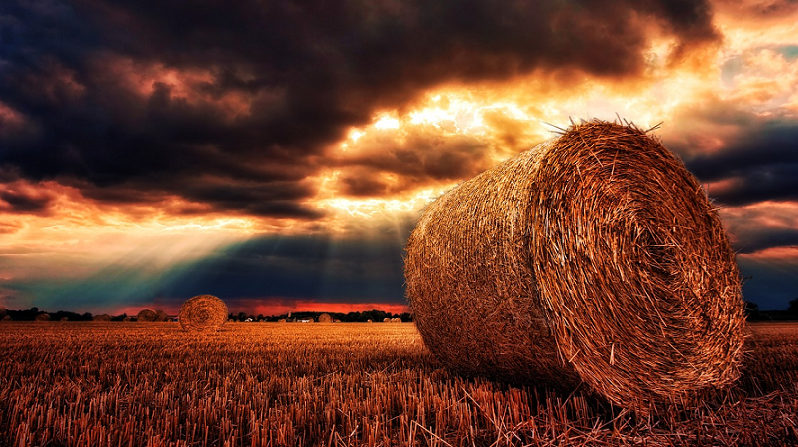
photo by jplenio / CC0
Find an Ideal Location
Getting the most from your summer landscapes is all about finding that ideal location at the right time! If you live in an agricultural area, then you know that summer’s a great time for capturing fields full of grain –just make sure you get a chance to photograph them before they’re harvested! Summer’s also an ideal time to photograph woods scenes, not only will it be cooler under the canopy of trees, but you can also filter out some of that harsh light and get some amazing shots of dappled sunlight filtering through the trees.
Finally, the ocean –and smaller bodies of water like lakes and even ponds can appear especially photogenic in the summer, and full sun is an ideal time for capturing reflections. Wait for a time when there’s minimal wind and the surface is smooth, and then use a tripod and a fast shutter speed to freeze the surface of the water. Or use a polarizing filter to reduce the amount of surface glare, allowing you to see into the shallows.

photo by edwademd / CC BY 2.0
Look to Incorporate Bright Colors
Summer is the time of year for bright, bold colors. Take advantage of the deep blue skies and other splashes of color that are found during this time of year. Vibrant shades of green can be seen in rolling, grassy hills or in the tufts of grass growing alongside a waterfall or riverbank. Or look for fields of bright sunflowers or wildflowers, or head to the coast on a sunny day and try to capture the turquoise sea that comes alive under a bright blue sky. You could even try your hand at wildlife photography and look to incorporate some butterflies, birds, and other colorful summertime creatures into your images.

photo by corina ardeleanu / CC0
Use the Best Light
Lighting can make or break an image. While this doesn’t mean that you have to put your camera away if the lighting’s not ideal, it does mean that you’ll want to keep time of day and lighting conditions in mind when planning your outings.
You’ll also want to pay attention to the direction of light, so that you can work with and make the most of it. When there’s full sun, you’ll often find that you need to adjust your angle. Shooting with the sun behind you can help to prevent some of the harsh rays from ruining your photo, while side lighting is also ideal for capturing landscapes.
Finally, sometimes getting down lower to the ground can also help to block out some of those dark shadows.
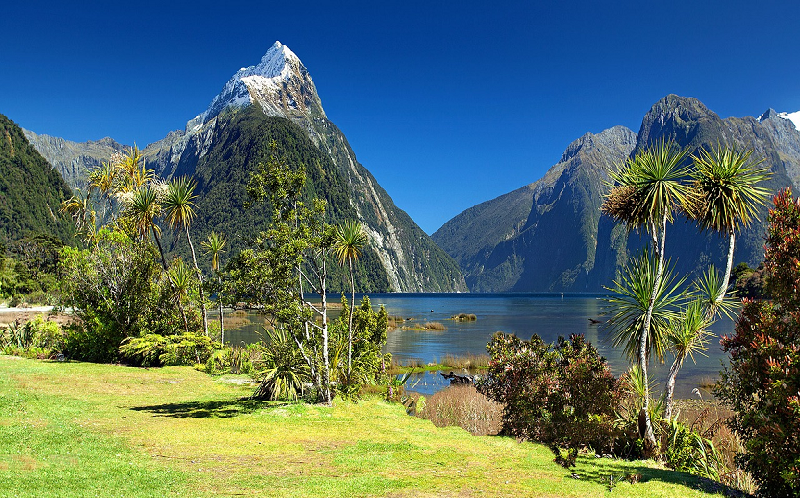
photo by Julius Silver / CC0
Use Your Filters
By taking advantage of GND, ND, and polarizing filters, you will be able to make the light work for you. A polarizer is ideal for removing surface glare from water, foliage, and even wet rocks; resulting in deeper, more saturated colors. It’s also perfect for capturing the vibrant, blue summer sky.
A GND filter, on the other hand, is ideal for any time that you’re looking to balance out a bright sky with a slightly darker foreground, allowing you to create images with a balanced exposure.
Finally, an ND filter will act like sunglasses for your camera, helping to block out some of that light. For landscape photography, you may want to consider a strong 6-stop filter; or even a 10-stop if you’re looking to do longer exposures during the bright midday sun.
While summertime photography can be a challenge, once you know what you’re working with, you’ll be able to capture some exciting images. It’s also a great time of year for experimenting with different types of photography, and creating compositions in a new and exciting ways.
Remember to think outside the box, explore new places, and try different techniques this summer. Most importantly, enjoy getting out in the fleeting and beautiful blue-sky days of summer. Have fun!
Do you enjoy capturing summertime landscape images?
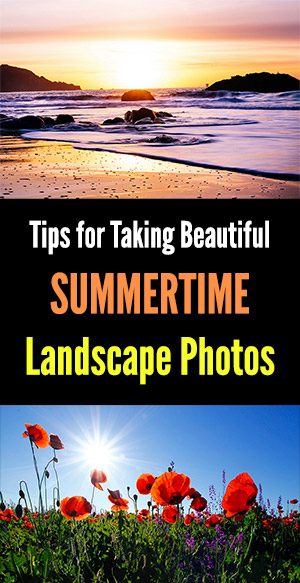
Photo license links: CC BY 2.0, CC0